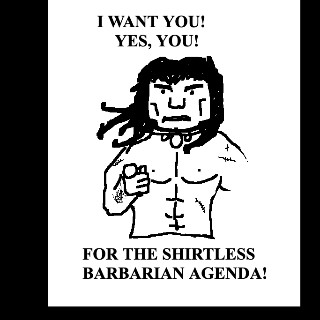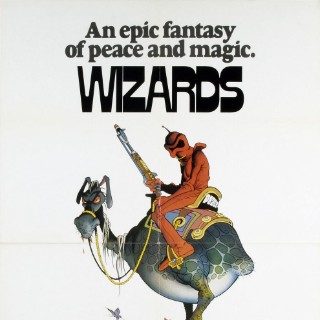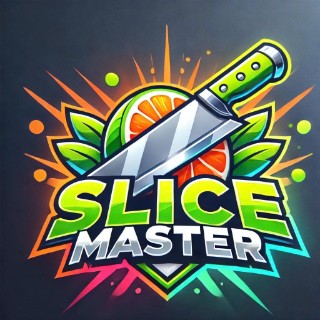From my observation, there's been a lot of rhetoric about "miniatures agnostic" games lately. I'm interested in them, and I'm interested in building armies that can fill in for as many games as possible. This is part of why I gravitated toward WGA - in addition to developing games and settings for the future, WGA minis are highly adaptable.
It bears stating that I'm not just new to the concept of "miniatures agnostic", I'm new to the entire concept of wargaming - so I have no idea where to even start for building an army even for a single game.
I've got everything I need for my "sci-fi games" army - a Grognards Command/Heavy Support box, as well as what is effectively a Grognards box on its own (three prebuilt figures and the rest of a Grognards box won from an ebay auction in the form of loose sprues, along with several Raumjäger sprues). But given my lack of experience in the hobby, I have no idea where to start. I'm afraid that I'm going to make a bunch of soldiers that look nice but aren't really compatible in the games.
I'm not even sure if this is an advisable idea. Should I just build an army for a specific game and then adapt it as needed? Most armies are like this - built for a specific game and then used as proxies or for games, miniatures-agnostic or otherwise, post-building and painting. But the line of thinking I'm going through right now goes beyond "I want to proxy my Grognards as Imperial Guard" (though I do see them fulfilling that purpose sometime down the line).
Either way, I want to entertain the thoughts that I've had below to determine whether it's possible to do it the other way - building the army first, and then adapting it to various games. I want to make an army that is highly compatible with a variety of games without fear of clashing with various rulesets as I explore them. So most importantly, the considerations for an army's game functions need to be generalized. Which is to say:
What are the functional considerations that I should have for my army? Should I be envisioning how my army fights, and then try to apply to the army to a game with that understanding? For example, something more general like "My Grognards are long-range specialists who utilize the mortar heavy support to clear out big units and squads, then move into good cover to take out the remnants"? Or should I do this by the unit, like "This Grognard is a comms specialist who also uses a laser pistol as a sidearm"?
How many of my soldiers should be commanders or specialists? Are specialists their own squad, or should I include something like a medic or a comms specialist in each squad? What parts do commanders need the most to apply to the most games? I've seen a lot of games that require commanders to have a banner or other some such indicator. Are commanders unarmed by design, with the banner taking their arms slot? Do they use sidearms?
Furthermore, as far as specialists, how should I expect their functions to work in the game? Should I keep comms specialists with my heavy support? Should I have some comms footsoldiers?
What is an ideal army size for adapting to many miniatures-agnostic games? I think the 24 Grognards + the amount the heavy support box provides should cover a lot of games, but I imagine for something like 40K I'm going to need a lot. I feel more comfortable on the skirmish side of things (at least at this point in the hobby), so I don't want to overwhelm myself at first. I can always build more units for a larger game.
And most importantly...Am I massively overcomplicating things and should just build pretty figures, scoring them however I want, as long as I keep things consistent within the rules of each game (i.e. making sure all soldiers with a certain loadout are the same kind of unit in game)?
If anyone has any real-life military considerations that might factor into the organization of an in-game army (such as rank and file, how an army is trained, how squads are organized, and especially the specific sizes of different military divisions - squad vs. platoon vs. army, etc.), it would be greatly appreciated. I am a "civvie" who also hasn't done a lot of studying about war, so any thoughts in this regard/recommended reading would be greatly appreciated.
Another question I want to ask: what's a good way to whet my whistle on wargames and get some experience, virtually? My partner more prefers the tabletop RPG side of things, and he isn't too interested in wargames. And both of us have reasons to be very careful about the pandemic, so I still want to wait a while longer before going to local events. What are the methods that get the most play, among things like Vassal/various tabletop simulators/dedicated online wargames? If anyone has any recommendations, let me know.
Thank you all so much for your help! Happy planning!
















